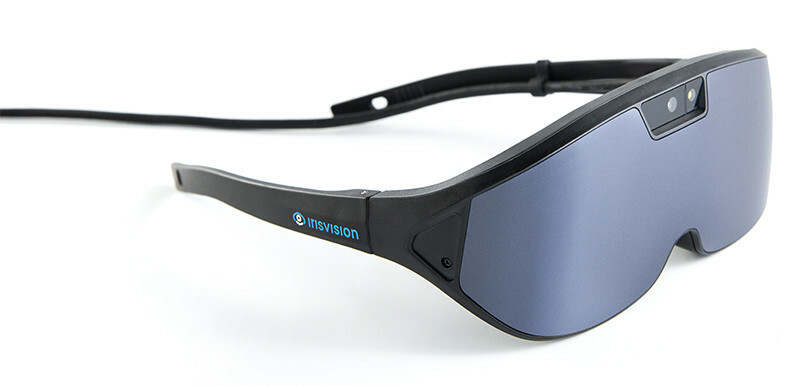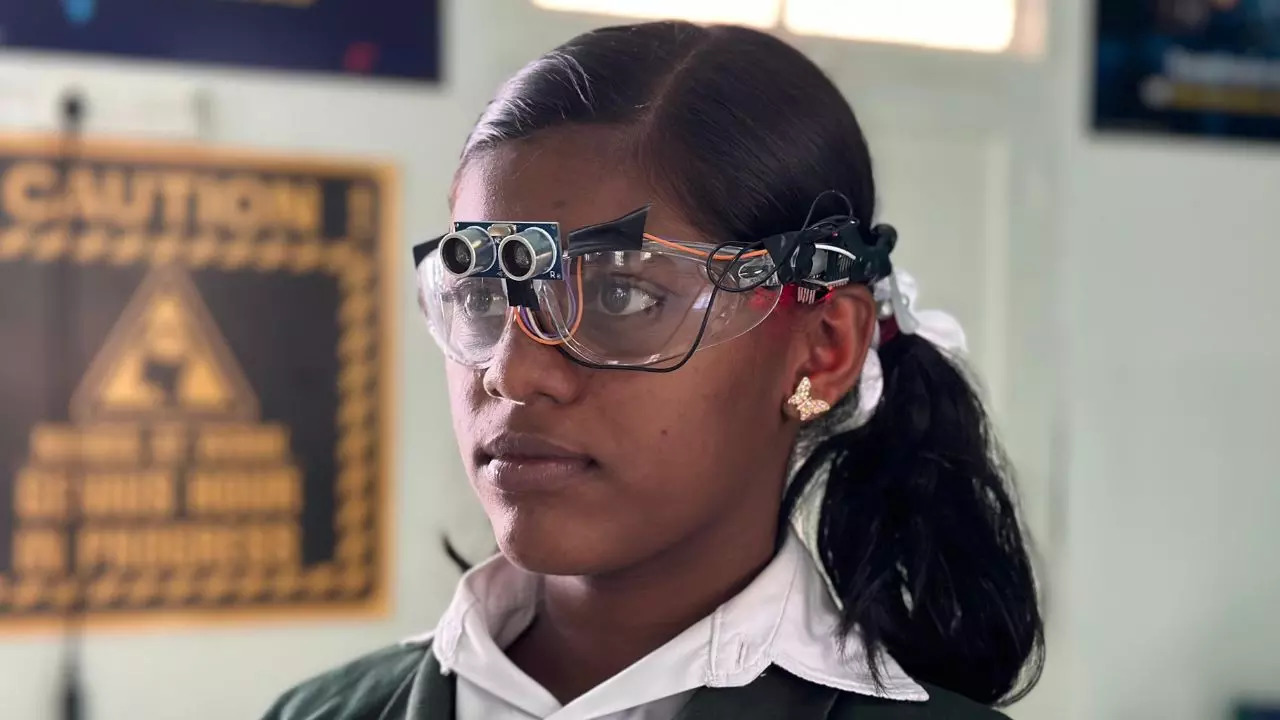Enhancing Availability Through Assistive Technology for the Blind
The assimilation of assistive technology for the blind represents a crucial advancement in availability, basically modifying just how people navigate their atmospheres and involve with society. As we check out the varied kinds of assistive tools and their concrete impacts on day-to-day living, it ends up being crucial to examine exactly how continuous technical improvements are improving the landscape of support for the blind community.
Review of Assistive Innovation
Assistive technology describes a range of devices and software application created to boost the capabilities of individuals with impairments, including those who are blind or aesthetically impaired. This modern technology plays a critical duty in advertising self-reliance and enhancing the lifestyle for users. By offering alternate techniques for accessing info and performing day-to-day tasks, assistive modern technology equips people to browse their environments better.
The development and execution of assistive modern technology embrace a variety of principles focused on cultivating ease of access. These principles include user-centered layout, which focuses on the needs and choices of the person, and the integration of innovation into everyday activities. Such developments make sure that assistive tools are not only practical yet easy and additionally user-friendly to make use of.
Additionally, assistive innovation includes a diverse range of services, from low-tech options like magnifiers to state-of-the-art advancements such as display readers and Braille displays. The ongoing evolution of this field is driven by the demand to deal with the unique challenges encountered by people with visual disabilities (Wearable technology for low vision). As innovation proceeds to breakthrough, the possibility for boosting accessibility and promoting inclusivity remains appealing, eventually adding to an extra fair society

Kinds Of Assistive Instruments
Numerous kinds of assistive devices are available to support people that are aesthetically damaged or blind, each developed to attend to details needs and difficulties. These tools can be broadly categorized into 3 main kinds: low-tech, mid-tech, and state-of-the-art solutions.
Low-tech devices consist of products such as magnifiers, Braille labels, and responsive maps. These are fairly straightforward devices that enhance the individual's ability to interact with their environment without requiring complicated modern technology.
Mid-tech tools frequently involve advanced attributes, such as digital magnifiers and portable Braille note-takers. These tools can supply functionalities like speech outcome, allowing customers to access info much more effectively.

Influence On Daily Living
The availability of various assistive tools substantially boosts the high quality of life for individuals that are visually impaired or blind, impacting their day-to-day living in extensive ways. By incorporating innovations such as screen visitors, Braille shows, and audio summary services into their regimens, individuals get greater freedom and independence. These tools assist in accessibility to information, allowing people to execute everyday tasks, such as reviewing e-mails, browsing public spaces, and taking pleasure in media material.
Moreover, assistive gadgets equip individuals to engage more fully in social interactions and neighborhood activities. The ability to utilize smart devices outfitted with access attributes enables smooth interaction and link with others. This connectivity promotes a feeling of belonging and decreases feelings of isolation.
In expert setups, assistive modern technology sustains efficiency by permitting people to total work jobs effectively. Devices like voice recognition software application and specialized magnification devices enable individuals to participate in the labor force on equivalent ground with their sighted peers.

Improvements in Technology
Recent technical developments have actually dramatically changed the landscape of devices offered for individuals that are blind or visually impaired. The assimilation of man-made knowledge (AI) and artificial intelligence has generated applications that boost navigating and item acknowledgment. Smart device applications can currently use AI to recognize and define environments in real-time, giving users with important contextual info.
Furthermore, advancements in haptic innovation have actually resulted in the advancement of clever walking canes geared up with sensors that spot barriers and give responsive responses. This equips customers to navigate their environment with increased self-confidence and self-reliance. In addition, developments in text-to-speech software and braille displays have enhanced the accessibility of digital material, permitting for seamless interaction with numerous media.
Wearable technologies, such as wise glasses, are also making strides in assisting visual problems. As technology continues to progress, the potential for even more check out here transformative devices stays on the perspective.
Future Trends and Innovations
As technology swiftly advances, the future of assistive devices for people who are blind holds enormous promise. Developments in expert system (AI) and machine learning are positioned to change the method blind individuals communicate with their environments. For example, AI-driven applications are being established to boost item recognition, allowing individuals to identify and navigate their surroundings with better simplicity and precision.
Additionally, advancements in haptic feedback modern technology are enabling the development of responsive maps and navigating help that supply real-time details through touch. These advancements not only enhance mobility however additionally foster self-reliance. Additionally, wearable gadgets outfitted with augmented truth (AR) functions are arising, offering users visual info with sound summaries, therefore bridging the gap between the physical and digital worlds.
Moreover, the assimilation of clever home technology presents new opportunities for availability, permitting people to regulate their living settings via voice commands or smart device applications. As cooperation in between technology programmers and the blind area proceeds, the emphasis on user-centered style will certainly make certain that future technologies are customized to fulfill the one-of-a-kind demands of this populace (Wearable technology for low vision). The trajectory of assistive innovation promises a more empowering and comprehensive future for people that are blind
Final Thought
In final thought, assistive innovation plays a crucial role in improving access for people with aesthetic disabilities. The diverse array of tools, including display visitors and clever walking sticks, dramatically boosts everyday living and fosters independence. Continual improvements in innovation and user-centered design make certain that these devices cater efficiently to the distinct demands of the blind neighborhood. As innovations progression, boosted inclusivity and empowerment can be anticipated, inevitably enhancing the lifestyle for those influenced by visual problems.
The combination of assistive technology for the blind represents a pivotal innovation in access, basically changing exactly how people browse their atmospheres and involve with society.Assistive innovation refers to a variety of devices and software application made to boost the capabilities of people with additional resources specials needs, including those who are blind or aesthetically damaged. Wearable technology for low vision.As technology rapidly proceeds, the future of assistive tools for individuals that are blind holds tremendous pledge. The trajectory of assistive innovation guarantees a more empowering and inclusive future for try this website individuals that are blind
In final thought, assistive innovation plays an essential duty in improving accessibility for individuals with visual disabilities.